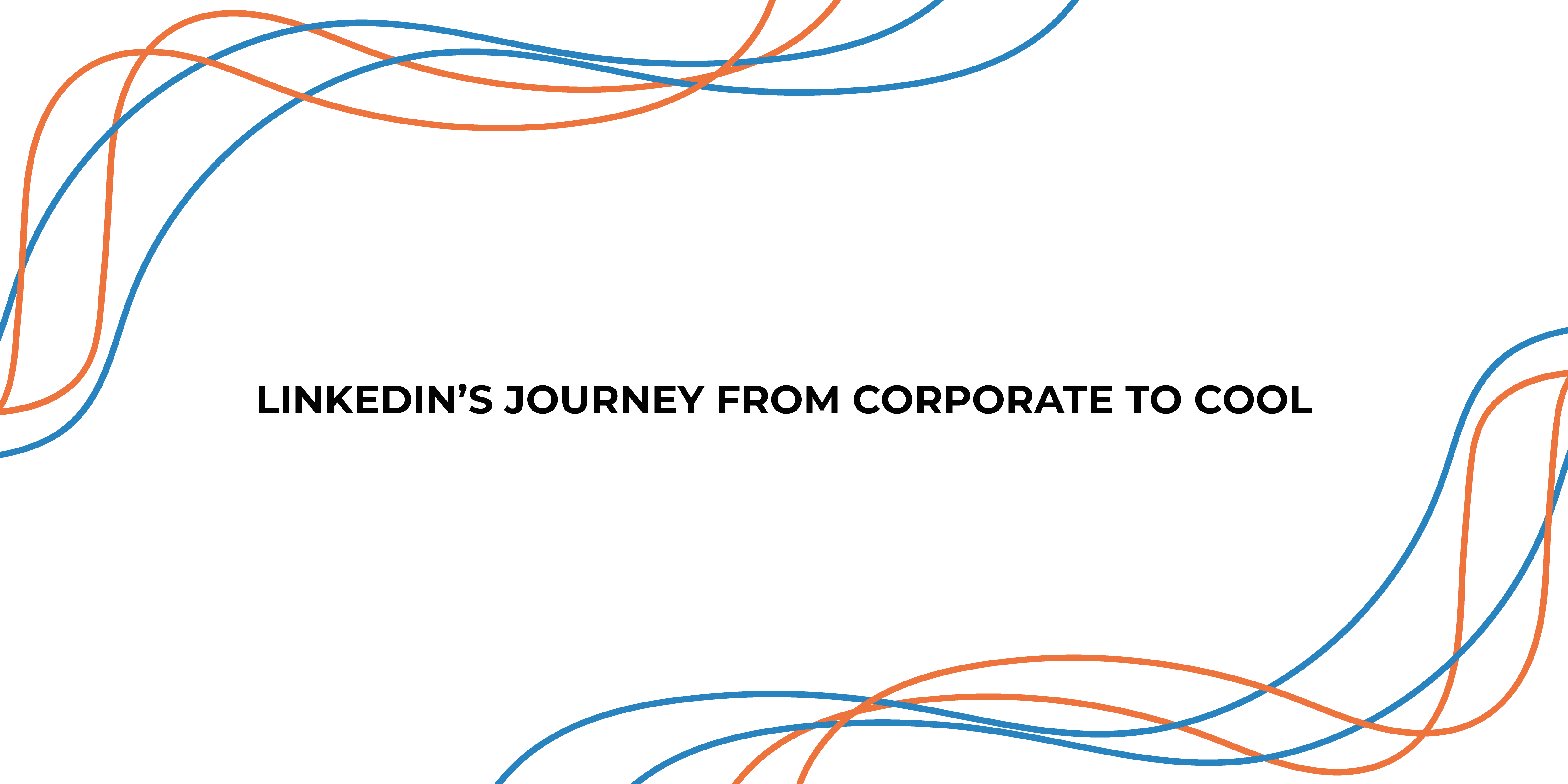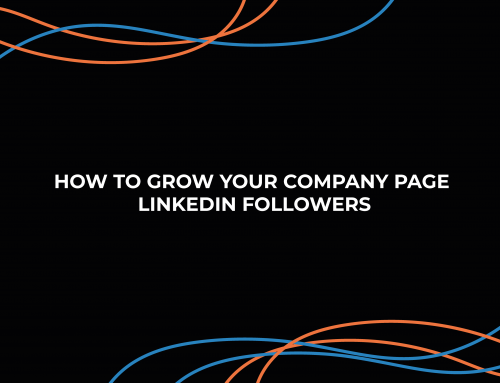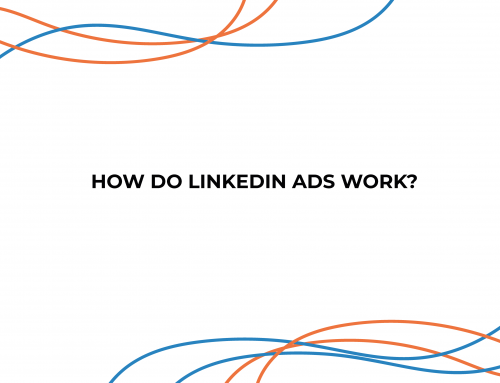LinkedIn has come a long way since it was first founded way back in 2003. Back in the day, it had this reputation for being a tad too “corporate” and, well, let’s be honest, a bit on the boring side. But it is a completely different story nowadays.
When you hear the word “cool”, LinkedIn may not be the first social media platform that comes to mind. You might think first of Instagram or TikTok, the king of entertaining short videos. Poor old LinkedIn often doesn’t get the credit it deserves.
At this point, you may be wondering what on earth does “cool” even mean in the context of social media platforms.
Well, by “cool,” we mean a platform’s ability to engage and inspire its users in a way that’s enjoyable and relevant. It’s about creating a space where people connect and discover valuable content, stay informed, and find opportunities for personal and professional growth – precisely what LinkedIn has been doing for the past few years.
What about the other social media platforms?
Well, it seems like some of the heavyweights in the social media world are going through a bit of a mid-life crisis.
Twitter (sorry X)
Once upon a time, Twitter was the go-to place for a glimpse into the lives of our beloved celebrities and influencers. It was our window to stay updated on the world’s biggest news and trends.
Since then, it has changed a lot. It got a new owner, a new name, and a fresh logo. The iconic Twitter bird has flown the coop. Ever since Elon Musk took the reins, it has had its fair share of ups and downs (more downs, if we’re being honest), causing millions of users to seek refuge elsewhere.
Threads
While the new kid on the block, Threads, was set up by Elon’s rival, Mark Zuckerberg. It started off with a bang, amassing a staggering 100 million signups in just five days. It has since fizzled out.
After peaking at approximately 50 million daily active users on Android devices worldwide in early July, that number has steadily dwindled and now hovers around 10 million – a fraction of X’s user base. Users now spend a mere 2.4 minutes daily on the app, a staggering 80% decline from its early July peak. It’s not looking good.
As for Zuckerberg’s brainchild, Facebook, it’s no longer the hot spot it used to be for young adults. According to internal reports from Facebook in 2021, the younger crowd perceives its content as “boring, misleading, and negative” and more geared toward people in their 40s and 50s.
But Zuckerberg is determined to turn the tide. Facebook and Instagram have been busy chasing TikTok’s market share by pivoting toward short-form video content to reengage younger users.
How does LinkedIn measure up?
LinkedIn, in contrast, is going from strength to strength, doing particularly well among younger demographics.
Did you know that millennials make up 60% of LinkedIn’s users? While about 20% of its users are between the ages of 18 and 24, with nearly 18% belonging to the 35 to 54 demographics. Only 2% are 55 and older.
Young people are increasingly drawn to this social platform during or after school and university and find LinkedIn their go-to platform for networking, research, and learning.
And here’s the pièce de résistance: According to the recently released Microsoft Q4 FY23 Earnings report, LinkedIn has expanded its user base to an impressive 950 million and raked in a substantial $15 billion in revenue. Not too bad, eh?
Today, LinkedIn is a hotbed of creativity. Visionaries, industry leaders, and innovative thinkers have turned LinkedIn into a stage for sharing expertise and wisdom. They use various formats to engage with their audience, including articles, newsletters, videos, infographics, and even humorous memes. It’s not just about business; it’s about sharing insights, sparking discussions, and inspiring others.
Businesses have recognised LinkedIn as a prime platform for crafting captivating and imaginative content. They leverage its unique environment to showcase their brand stories, values, and offerings. LinkedIn provides a dynamic canvas for brand storytelling through sponsored content, eye-catching visuals, or thought-provoking articles.
How did LinkedIn become cool?
LinkedIn’s journey towards becoming “cool” has been a gradual evolution.
Early Years
LinkedIn officially kicked off its journey in May 2003, but let’s just say it wasn’t exactly an overnight sensation. By the end of its first year, the platform could only boast a measly 245 members, most of whom were just the founders’ professional acquaintances. Not the kind of explosive start you’d expect.
However, as it entered its second year, LinkedIn decided it was time to pick up the pace, introducing features specifically designed to appeal to small business owners, like address book uploads, Groups, and a partnership with American Express. Suddenly, the platform’s membership leapt from mere hundreds to hundreds of thousands throughout 2004.
Then came 2005, and LinkedIn’s fortunes began to change. Membership shot past the 1 million mark, and the platform unveiled two game-changing revenue generators: Jobs and Subscriptions.
But 2006 was the year when LinkedIn really started shaping up into the platform we know today. They introduced public profiles, allowing people to connect with other professionals, and rolled out features like “People You May Know” and “Recommendations.”
Fast forward a few years to 2008, and LinkedIn decided to go global. After spending years building its presence in the United States, the platform made its first international move by opening an office in London as well as introducing Spanish and French versions of the site. That’s when LinkedIn’s trajectory went through the roof.
Over the next several years, LinkedIn continued to innovate and create a more seamless user experience, allowing people to create more valuable connections in this professional space. They even made a bold move by acquiring Lynda.com, which led to the launch of LinkedIn Learning, offering a treasure trove of online courses for professionals seeking to develop new skills.
Introduction of New Features
LinkedIn also introduced new features aimed at making the platform more engaging. In 2012, the “Influencers” program allowed industry leaders to share their expertise and insights, establishing LinkedIn as a source of valuable professional content.
At the same time, LinkedIn continued to improve its content-sharing capabilities. It became a platform where professionals could not only connect but also share articles, newsletters, videos, and other content. This shift allowed for more personal and engaging interactions beyond just job searching and helped users establish themselves as thought leaders in their respective fields and grow their personal brands.
Recognising LinkedIn’s potential, Microsoft made a huge move by officially acquiring LinkedIn in 2016 for a staggering $26.2 billion, marking one of the largest social media deals in history. Since then, LinkedIn has continued to thrive, introducing new advertising formats that enable brands to promote themselves in innovative and exciting ways.
Today, LinkedIn has transformed from a simple job search and resume platform into a dynamic network with valuable content, influential figures, and exceptional networking opportunities, setting it apart from other social media platforms.
The Future of LinkedIn
Looking ahead, it’s safe to say that LinkedIn’s journey is far from over. Expect more innovation, with a strong focus on artificial intelligence (AI) and machine learning.
AI has already played a role in features like “People You May Know” and optimising your LinkedIn feed, but there’s no telling how LinkedIn will use these technologies in the future. AI and machine learning will likely play a crucial part in recruitment, talent management, and delivering an even better user experience on LinkedIn. The possibilities are endless.
So, there you have it – LinkedIn’s incredible transformation from corporate to cool. Who would’ve thought that a platform once seen as a digital resume would become a dynamic, vibrant, and essential part of our professional lives? The journey isn’t over, and we can’t wait to see where LinkedIn takes us next!





